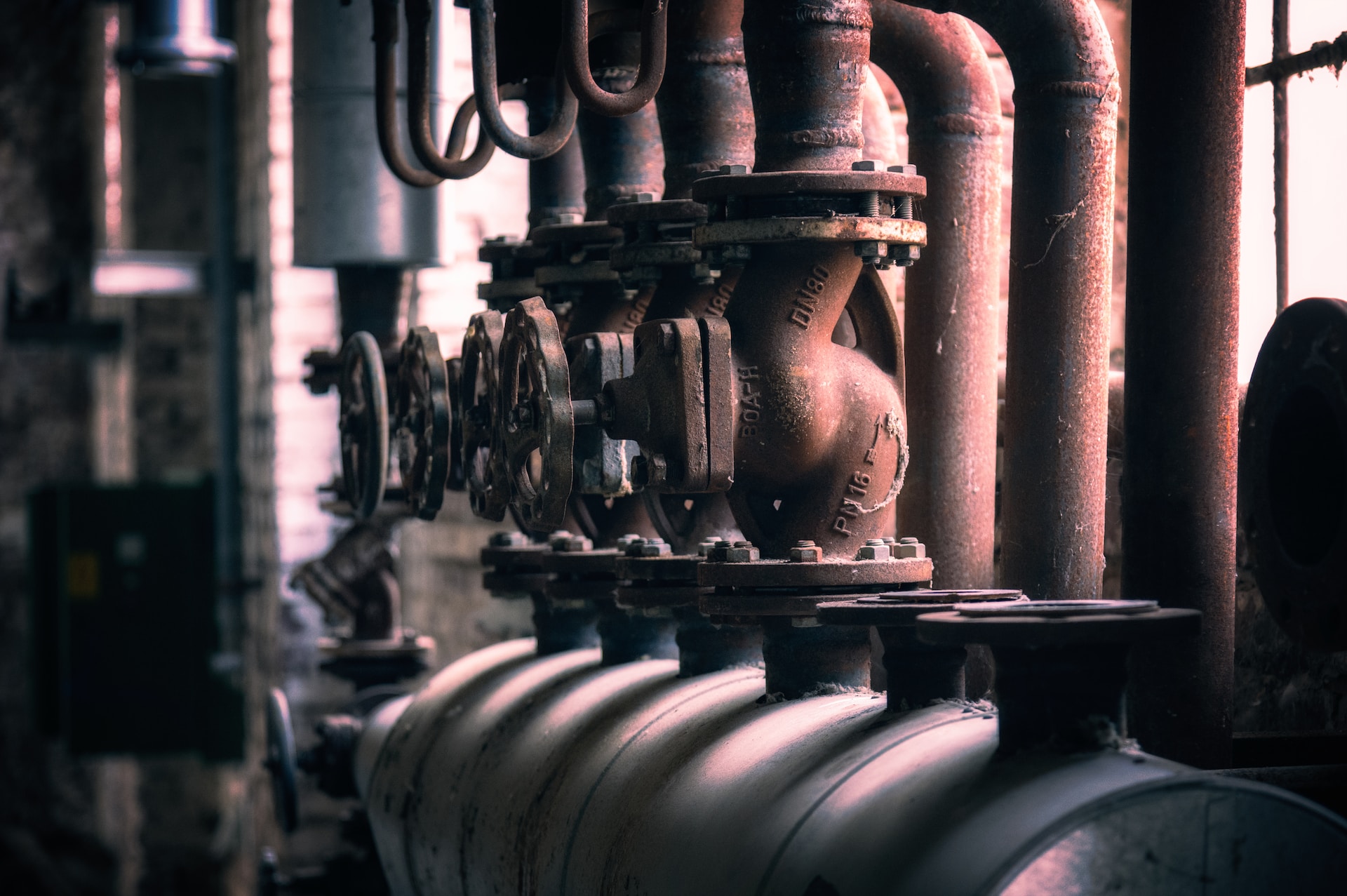
Lifting Operations & Lifting Equipment (LOLER)
Introduction to LOLER Thorough Examinations
LOLER (Lifting Operations and Lifting Equipment Regulations) thorough examination is a process used to assess the safety and compliance of lifting equipment. LOLER thorough examination ensures that lifting equipment is structurally sound, properly maintained, and safe to use. This testing is essential to prevent accidents and injuries related to lifting operations.
Procedure for LOLER Thorough Examination
During LOLER thorough examination, our competent and certified engineers perform comprehensive examinations of your lifting equipment. We meticulously check for defects, assess compliance with design and safety standards, and evaluate load capacity. Our testing procedure aims to identify any faults or issues that may compromise the equipment’s safety or performance, providing you with actionable insights and recommendations for necessary maintenance, repairs, or replacement.
Benefits and Advantages of LOLER Thorough Examination
LOLER thorough examination provides several benefits, including enhanced safety, compliance with legal requirements, and reduced risks of accidents or equipment failure during lifting operations. By regularly conducting LOLER examinations, organisations can identify any faults or issues with their lifting equipment promptly. This allows for timely maintenance, repairs, or replacement, ensuring that the equipment remains in optimal working condition and reducing the chances of accidents or injuries.
LOLER thorough examination applies to various industries and sectors where lifting equipment is utilised, including construction, manufacturing, warehouses, ports, and logistics. It is mandatory for organisations to comply with LOLER regulations and ensure that their lifting equipment undergoes regular testing and inspection. This ensures the safety of workers involved in lifting operations and reduces the potential for accidents or equipment malfunctions.
LOLER thorough examination plays a vital role in maintaining the safety and compliance of lifting equipment. By adhering to LOLER regulations and regularly testing and inspecting lifting equipment, organisations can ensure the reliability and safety of their operations, it also helps identify any faults or issues with the equipment, allowing for timely corrective actions and minimising risks. Ultimately, this contributes to a safer working environment and helps prevent accidents and injuries associated with lifting operations.